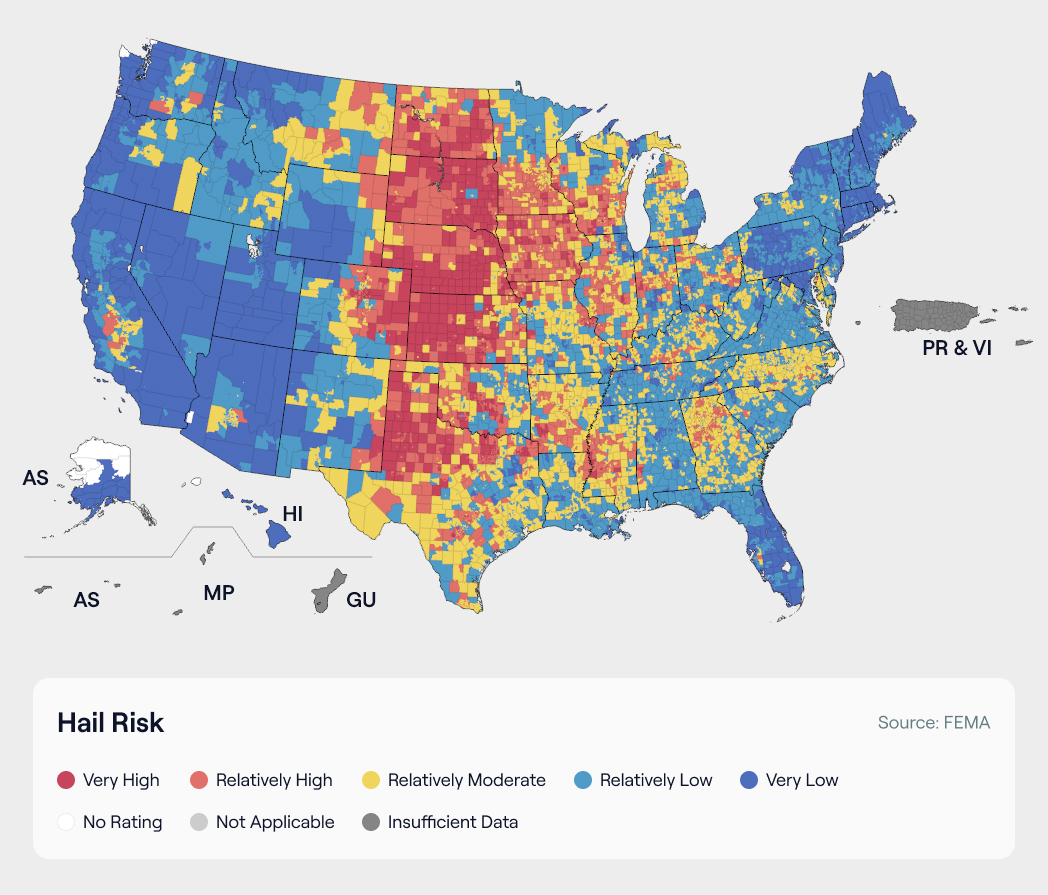

Energy companies routinely contend with unexpected challenges that can dampen their profits– e.g., fluctuations in supply and demand, infrastructure bottlenecks, etc. What often catches energy businesses off guard are the uncontrollable, unpredictable weather events that can undermine even the best-laid plans. Whether it's a sudden drop in temperature affecting winter natural gas prices, or low wind speeds affecting power generation, weather remains a significant variable in the energy equation. There is an undeniable value in effectively managing weather-related risks.
The energy sector, with its complex value chain made up of producers, distributors, end users and traders, is increasingly vulnerable to weather events. By way of example, in late August, 2021, as Hurricane Ida approached, U.S. oil companies were compelled to reduce their oil production by over 1.6 million barrels across oilfields that account for 17% of the country's oil output, while natural gas providers in the Gulf of Mexico shut down 49% of their natural gas output.
Hurricanes can knock out offshore drilling platforms, excessive rainfall can flood coal mines, and hail can damage the panels on solar farms. Disruptions of these kinds can result in suppliers having to source their energy from elsewhere and pay high spot prices for that energy.
Parametric structures are highly customizable weather risk management solutions that can be configured to specific business needs. Clients select the location and parameters, ensuring that the hedge aligns with their unique risk profile. When predefined conditions are met—such as a storm reaching a particular category or temperature dropping below an agreed-upon point—a payout is triggered.
Custom Structuring: A parametric product can be tailored for almost any weather peril, allowing for precise risk mitigation.
Quick Payouts: Parametric contracts payout based on data. This translates to timely financial support without the need for lengthy claims processing.
Free up Capital: With pre-defined protection amounts, you can allocate funds traditionally tied to other areas of your business strategy.
Investor Appeal: By mitigating risks effectively, you enhance investor and consumer confidence.
Here are some of the index-based structures that can be created to meet the needs of energy producers and can sometimes be transacted as derivatives.
Temperature
Temperature products can help companies protect themselves from scorching/cold temperatures over a summer/winter season. Granular solutions can help customers hedge temperature’s for a month, or even specific days to hedge against daily temperature swings. The EPA points out, "Since demand for electricity for cooling is expected to increase as a result of temperature increase and extreme heat events, the balance in energy delivery is likely to shift from natural gas and fuel oil used for heating to electricity used for air conditioning.”
Wind
Risk management solutions can be designed to tackle wind variability so as to protect renewable energy businesses from both low and excessive wind conditions that can affect energy production and revenue generation. Given that many recent offshore wind projects have been saddled with difficulties arising from supply chain constraints, unexpected operating costs, and below expected energy output, it's clear that wind-energy producers can benefit from risk management strategies.
Solar
Solar assets can be protected against low solar irradiance and cloud cover with risk management solutions designed to hedge solar power production. Furthermore, parametric coverage can be designed to mitigate against hail risks, which constitute the primary physical threat to solar panels.

Hydro/River Flow
For those generating hydroelectric power or dependent on water logistics for shipping, a risk management solution can be crafted to safeguard against water level fluctuations.
Precipitation
Multiple sectors, including agriculture and metals/mining customers, can benefit from risk management solutions that protect against precipitation-related risks (e.g., snow, rain, etc.). Excess snow can down power lines. While as the EPA notes, “Energy systems on both the Gulf and East Coasts face more risk of damage from flooding due to hurricanes and sea level rise. More frequent and intense precipitation events are expected to increase the risk of flooding on infrastructure in the Northeast and the Midwest.” (Indeed, as Forbes pointed out, Hurricane Zeta in 2021… drove an 8-million-barrel drop in regional oil stocks that affected the broader U.S. supply.”)
While you may not have the power to alter the weather, you can fortify your business against unforeseen challenges. To learn more about advanced energy risk management solutions, click here to schedule a meeting with Scott Klemm, Arbol’s Global Head of Derivatives.